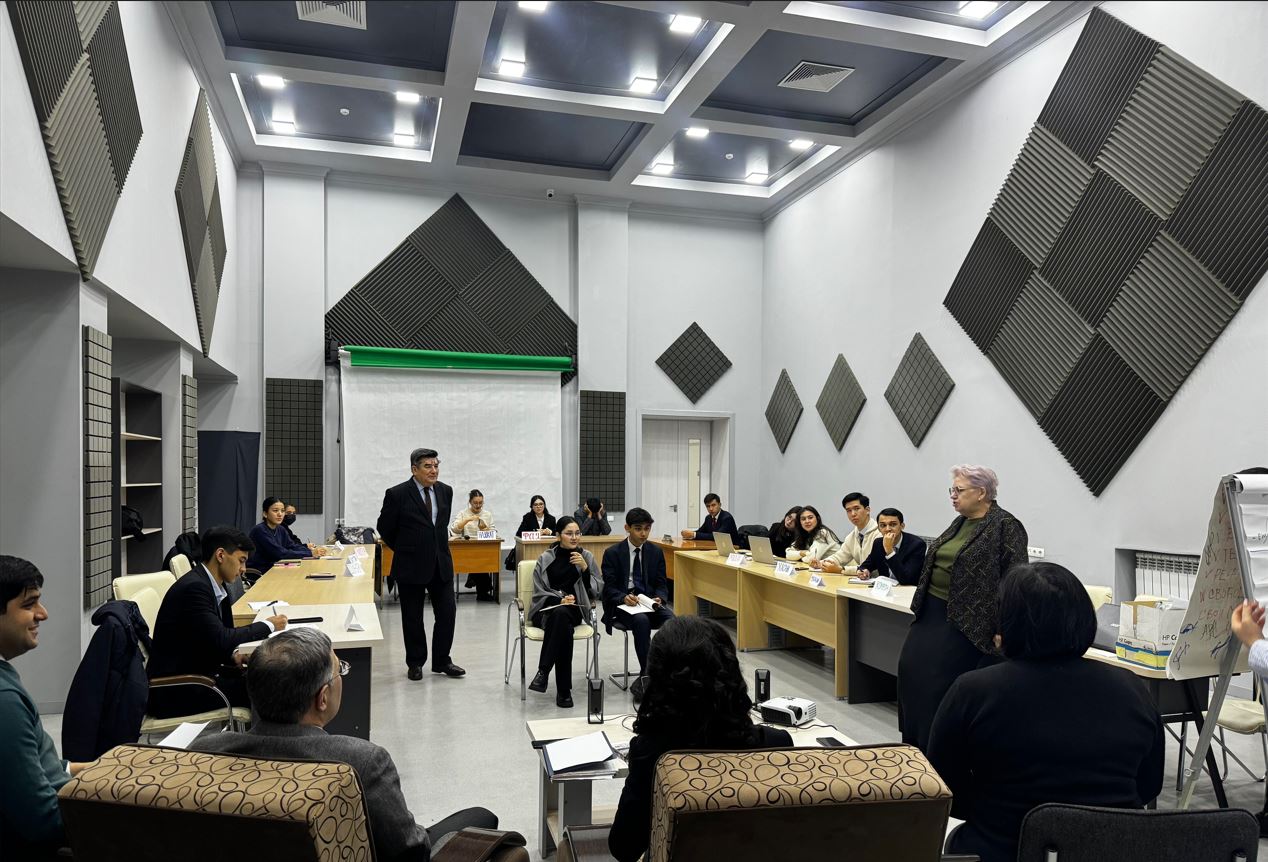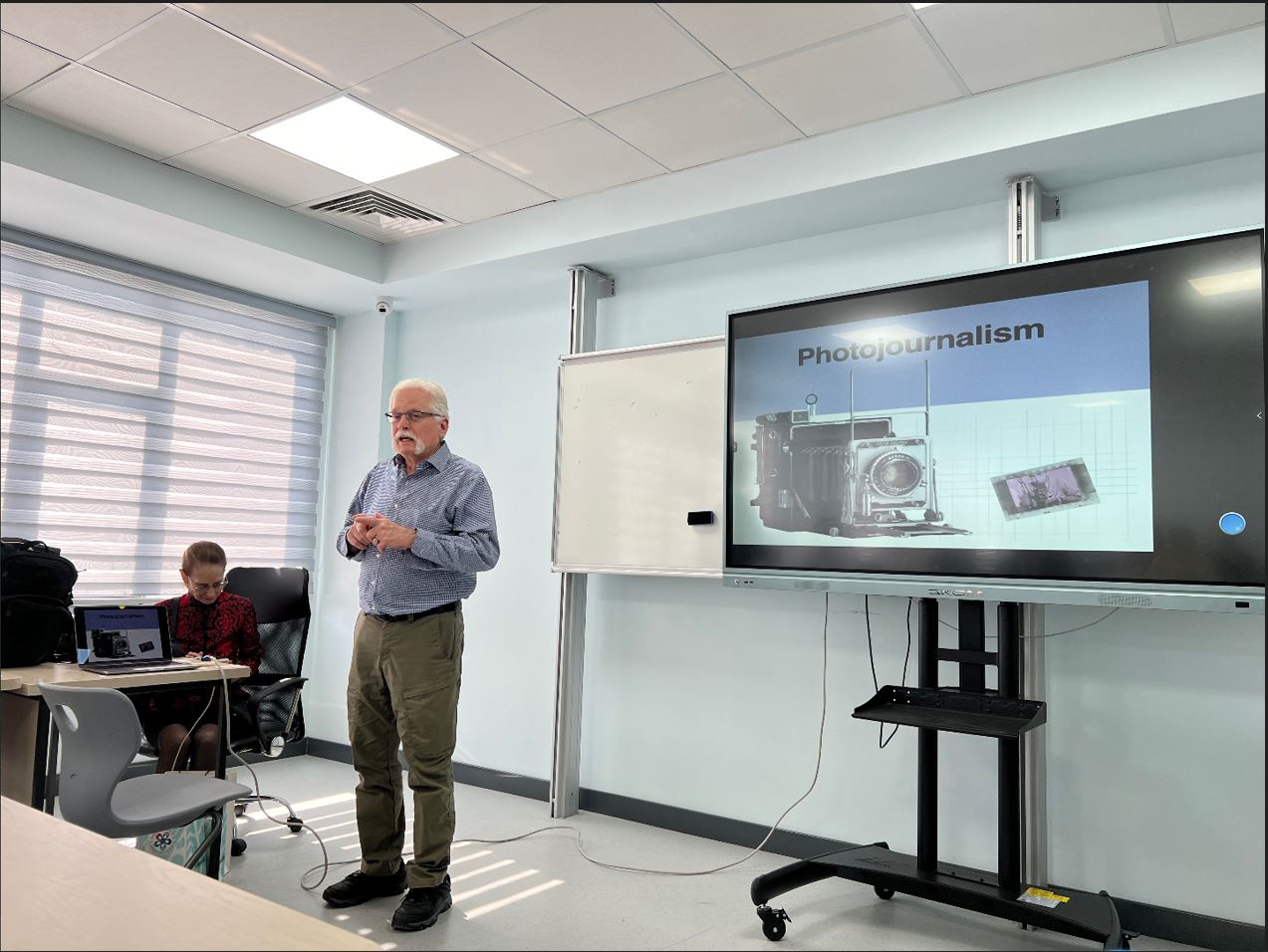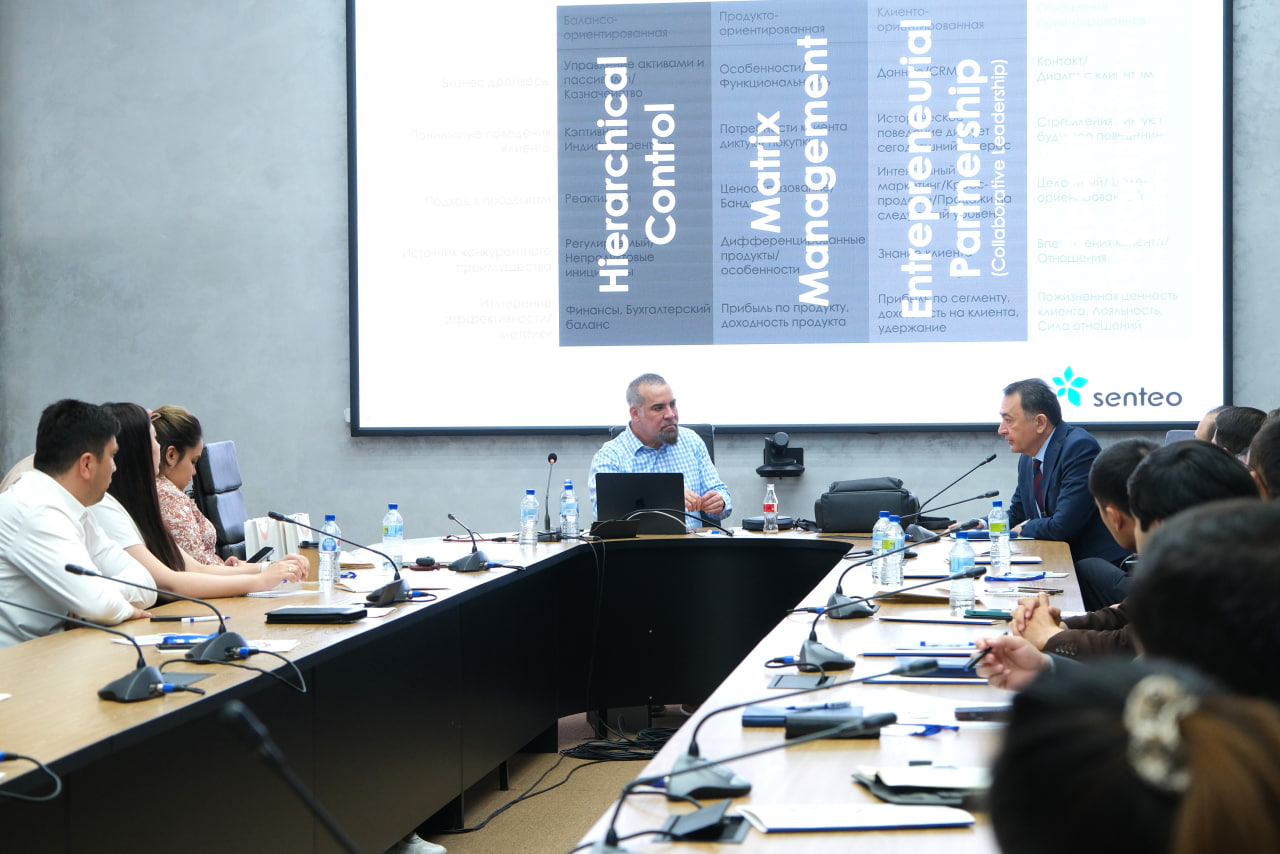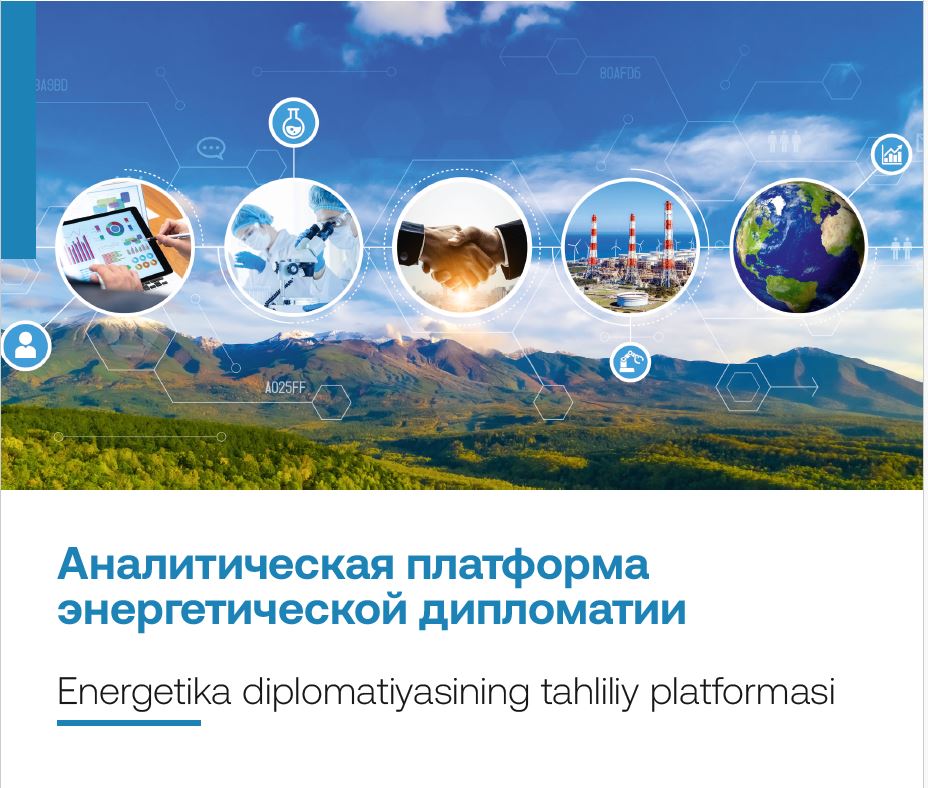
EU-CA 2025 Summit in Samarkand: A New Milestone of Co-Operation
EU-CA 2025 Summit in Samarkand: A New Milestone of Co-Operation
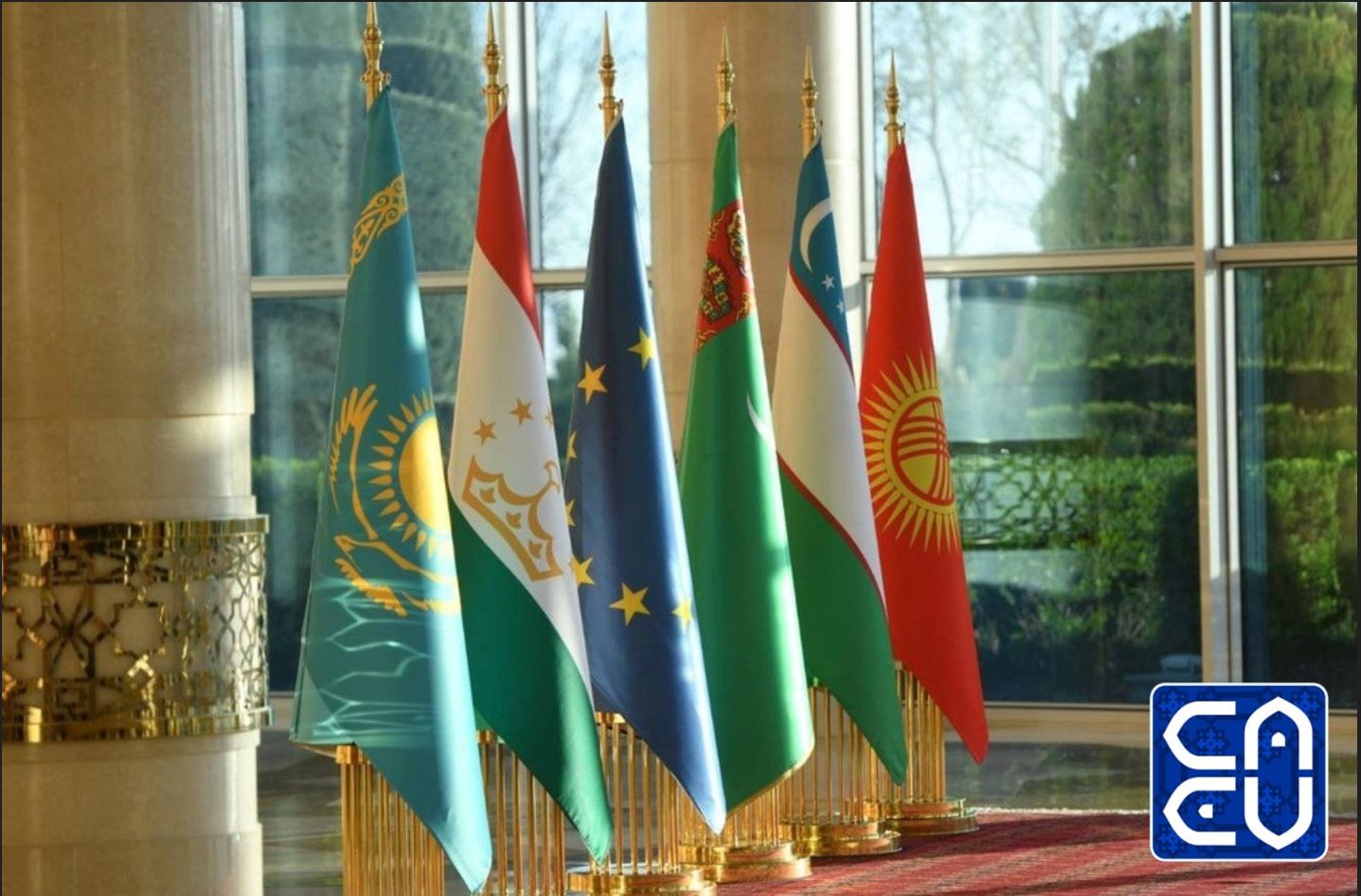
Introduction. The EU-CA Summit, expected on 3-4 April in Samarkand, represents an important event in the context of international cooperation. It symbolises the desire of the European Union and the Central Asian countries to deepen cooperation in various fields, as strengthening ties between these regions is of particular importance in the context of global challenges. The EU Strategy for Central Asia (2019-2025) emphasises the growing strategic role of the region for EU interests, building on the positive achievements in regional cooperation.
The 2nd meeting of Central Asian Heads of State and the President of the European Council in Cholpan-Ata (Kyrgyzstan) in 2023 intensified joint efforts in the implementation of the Global Gateway strategy (the European alternative to China’s One Belt, One Road initiative) and Team Europe initiatives on digitalisation, climate change, water resources, renewable energy development. The upcoming summit in Samarkand is expected to be a new milestone in co-operation, providing a platform to discuss strategic directions of the partnership and implement joint projects that will contribute to further economic growth and strengthen ties between the regions.
Historical context of EU-Central Asia relations. Historical contacts between Europe and Central Asia date back to the era of the Silk Road, which served as an important channel for the exchange of goods, technology and cultural achievements. The interaction that began in antiquity continued into the Middle Ages, when trade routes linked Europe with Central Asian regions, facilitating the mutual enrichment of cultures and economies. This period laid the foundations for further relations, which became more organised with the development of international trade and diplomacy.
Modern co-operation between the European Union and Central Asia began to take shape in the post-Soviet period, when the countries of the region became independent. In 1996, the EU initiated the TACIS programme to support economic reforms in Central Asia, an important step towards closer ties. Since the collapse of the Soviet Union, Western policy towards Central Asia has focused on expanding trade and economic relations, gaining access to the Central Asian states’ hydrocarbon resources and organising reliable exports to foreign markets. With the launch of the EU Strategy for Central Asia in 2007, co-operation has strengthened, covering a wide range of issues such as economic development, the rule of law and improving education.
The current relationship between the EU and Central Asia, despite the successes achieved in co-operation, faces a number of challenges. These include the need to combat climate change, ensure sustainable economic growth and improve infrastructure. At the same time, these challenges offer new opportunities for partnership, such as the development of green energy, digitalisation and strengthening transport links.
Trade and investment: new opportunities. Ongoing trade between the European Union and Central Asia is showing steady growth, reflecting the significant economic potential of the region. At the end of 2024, total trade between the two sides will exceed €54 billion, underlining the importance of Central Asia as a trading partner for the EU. The region’s main exports are raw materials, including oil, gas and metals, while the EU supplies the region with high-tech equipment, cars and pharmaceuticals. These data point to significant trade complementarities between the EU and Central Asia, providing a basis for further deepening of economic ties.
The European Union is one of the largest investors in Central Asia, with total foreign direct investment exceeding 15 billion euros. These funds are spread across the energy, transport, agriculture and information and communication technology sectors. Central Asia, with its rich natural resources and strategic geographical location, offers significant opportunities for European investors. It is noted that economic growth is based on exports of natural resources and remittances, but the structure of Central Asian economies is monolithic. Investment can help modernise infrastructure, create jobs and develop technology in the region, enhancing economic stability and promoting sustainable development, which in turn opens up new horizons for further cooperation.
Economic cooperation between the European Union and Central Asia covers a wide range of areas, but in order to maximise the impact, key sectors with high potential need to be highlighted. These include energy, agribusiness, information technology and infrastructure projects. These areas not only correspond to the strategic interests of both sides, but also have significant potential for sustainable growth and mutually beneficial co-operation.
Central Asia’s rich reserves of hydrocarbons and rare earth metals provide the basis for energy partnership. The region has significant reserves of oil, gas and other natural resources, making it a strategically important partner for Europe in the global energy transition. At the same time, the European Union is actively promoting the development of renewable energy sources, allocating significant funds for projects in this area. For example, under the Horizon programme, the EU has invested more than €1 billion in solar and wind energy development in Central Asia. On 13 March 2025, a €3 million contract was signed in Astana as part of a major tour of five Central Asian countries by European Commissioner for International Partnership Josef Sickel from 12 to 18 March to promote cooperation in critical raw materials between the EU and Central Asian countries. “The document will help identify joint projects and promote international best practices to create sustainable and responsible supply chains in the critical raw materials sector”, the press release said.
Energy is also one of the key sectors for co-operation between the EU and Central Asia under the Global Gateway strategy. On 14 March, a signing ceremony was held in Dushanbe with the partners of Team Europe, which includes EU countries, the European Investment Bank (EIB) and the European Bank for Reconstruction and Development (EBRD). According to the document, the EBRD will provide Tajikistan with a €20 million investment grant to modernise the power grid, reduce energy losses and prepare for investments in renewable energy sources (RES).
In turn, the region’s burgeoning IT sector opens up new horizons for digitalisation and technological exchange. At the end of Josef Sickel’s visit, a signing ceremony for the European Satellite Internet Programme for Central Asia (TEI Digital Connectivity) took place in Tashkent on 18 March. The parties to the agreements were the European Union, the international technical co-operation agency Expertise France, the European provider SES and the EIB. The agreement concerned infrastructure development between the European Investment Bank and SES. Thanks to a grant from the European Union and a loan from the EIB, SES will deploy satellite technology and ground terminals to connect remote regions of Kazakhstan, Uzbekistan, Kyrgyzstan and Tajikistan to the Internet. Thus, identifying and developing these key sectors is an important step to strengthen economic ties.
The role of infrastructure projects in strengthening connectivity. For Central Asia, which has significant geographical potential as a transit region between Europe and Asia in light of the geopolitical shifts of recent years, infrastructure development is a crucial factor for integration into the world economy. The European Union, aware of the strategic importance of the region, actively supports initiatives aimed at building and modernising transport and energy corridors.
Europeans are most closely focused on the development of the Trans-Caspian International Transport Route (TITR), also known as the Middle Corridor. Looking for alternative routes that bypass Russian territory, the EU has pledged to invest €10 billion in the route, as European Commission Vice-President Valdis Dombrovskis announced at an investment forum in Brussels on 29 January 2025. In total, the European Union, its countries and development banks aim to mobilise up to 300 billion euros of public and private investment to improve Central Asia’s transport systems between now and 2027. Despite significant progress, infrastructure co-operation between the EU and Central Asia faces a number of challenges. One of them is the need for coordination between the different countries in the region, each with its own priorities and interests.
In addition, geopolitical rivalries between the major powers in the region make it difficult to coordinate international efforts aimed at developing a trusting partnership. Sanctions against Russia have a negative impact on the economies of Central Asian countries, as the EU insists on preventing their bypass through the region. At the same time, the EU’s current policy towards the region can no longer be seen as “benevolent indifference”, as it is shaped in the context of confrontation with Russia and hedging the risks associated with China.
Cultural exchanges and humanitarian co-operation. Exchange programmes play a key role in enhancing intercultural dialogue by promoting mutual understanding and tolerance between peoples. They provide participants with a unique opportunity to immerse themselves in a different cultural environment, which contributes to a better understanding of cultural backgrounds and values. The interaction between students, teachers and professionals from different countries breaks down stereotypes and creates a deeper awareness of common interests and goals.
One of the best examples of successful exchange programmes is Erasmus+. In 2022, according to the European Commission, about 15,000 students from Central Asia took advantage of the Erasmus+ programme, which allocated about 130 million euros, to study in EU countries. The programme not only promotes the personal development of participants, but also strengthens mutual understanding between the regions. Erasmus+ opens doors for academic mobility, co-operation between higher education institutions and improving the quality of education in Central Asia. Also, a significant achievement is the student and scholar exchange programme launched in 2017, which has allocated more than €50 million to support educational projects aimed at developing science and education in Central Asia.
The development of language and cultural education is an important aspect of strengthening ties between the EU and Central Asia. In 2023, more than 50 new EU-supported language centres for learning European languages were opened in Uzbekistan. These centres promote better mutual understanding and cultural exchange, which plays a significant role in laying the foundations for long-term cooperation. Learning languages and cultural backgrounds helps to break down barriers and build mutual respect.
In turn, the organisation of cultural events plays a key role in fostering mutual understanding and improving perceptions between the peoples of the EU and Central Asia. Events such as exhibitions, festivals and seminars provide a platform for the exchange of cultural values and traditions, promote a positive image and build trust. For example, in 2019, the European Union organised more than 50 cultural events in Central Asian countries, allowing people in the region to get to know European art, music and literature better. These initiatives foster a better understanding of cultural differences, which is an important step towards building harmonious international relations.
Media fulfil the role of promoting cultural initiatives as they are able to bring information about cultural events to a wider audience. The use of modern technologies and social media allows to spread information about cultural exchanges, attracting more participants and viewers. Studies show that 70% of participants in cultural exchange programmes report an improved understanding of cultural differences, which confirms the effectiveness of media in shaping positive perceptions. Thus, media is becoming an indispensable tool in strengthening cultural ties between the EU and Central Asia.
Conclusion. Thus, the upcoming summit represents an important milestone in strengthening ties between the regions. It will stimulate the development of infrastructure and innovative projects. The second conclusion concerns cultural and educational cooperation, which promotes mutual understanding and trust between peoples, also emphasising the importance of cultural, humanitarian and educational initiatives.
The Summit symbolises the desire to deepen cooperation and strengthen mutual understanding. The agreements and initiatives reached will contribute to long-term development and stability in the region, moreover, will bring the region’s relations with the European Union as one of the largest global players to a whole new level of enhanced and more targeted co-operation.
Mushtariy Usmonova, Research Fellow at the Centre for European Studies
Fazliddin Djamalov, Leading Research Fellow at the Centre for American Studies
Institute for Advanced International Studies at UWED
